
When rebranding is done well—and not like Olive Garden’s new logo disaster—rebranding helps you reposition your company creatively for increased recognition and better online visibility. There’s just one problem: Google.
How do you rebrand your B2B organization without losing all of your SEO juice, particularly when you’re doing more than just updating your logo—you’re changing your name, logo, website, and brand values.
With some careful planning, know-how, and a solid team on your side, you can go from Anderson Consulting to Accenture without missing a beat or losing your search engine ranking.

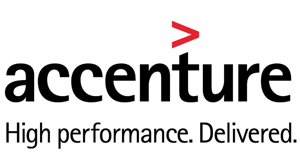
1. Prep Work
There are a few things you’ll need to do before you get started. These steps are key to protecting your search engine ranking and ensuring that your customers can still find you under your new name and website.
Google Search Console:
First, you’ll want to add your new site to Google Search Console—using the same Google account—and verify it. Later, you’ll use Google’s “Change of Address” feature to redirect traffic.
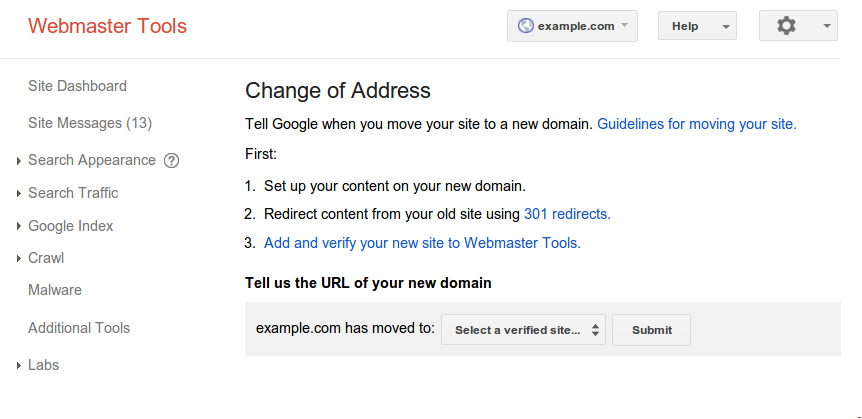
Google Analytics:
Make sure you have administrator access to both your new and old site in Google Analytics. If you don’t have permission, you won’t be able to update your information and handle the changeover.
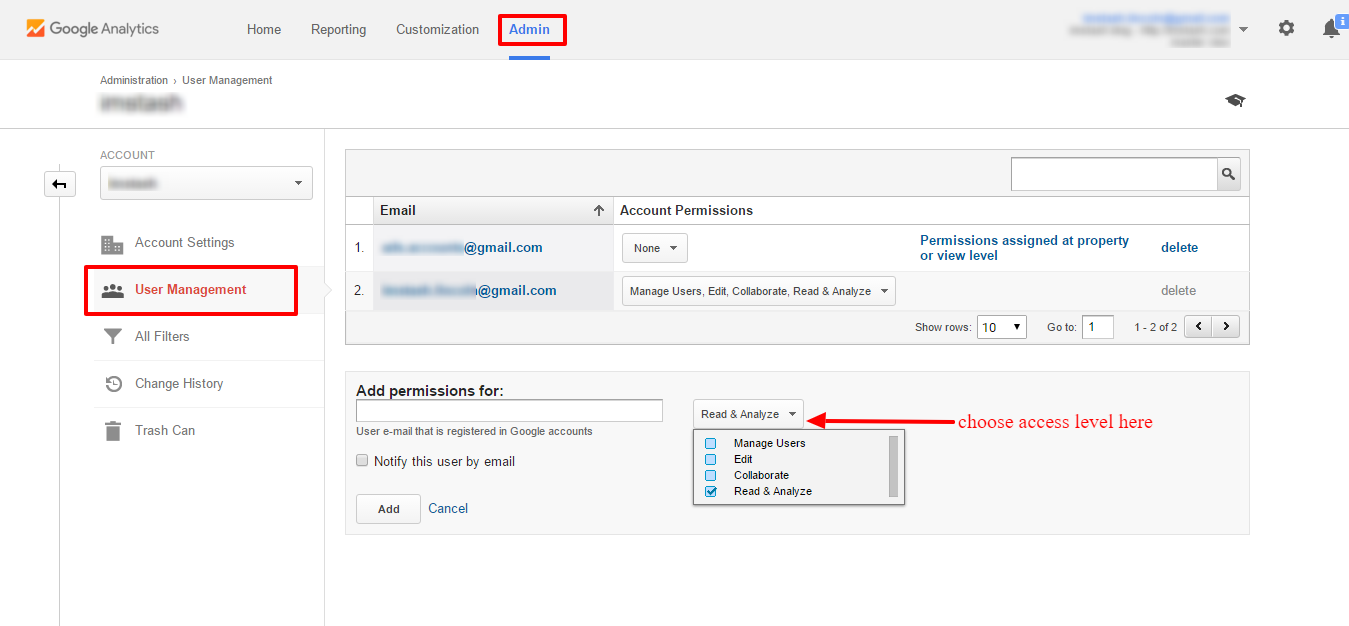
Host and Registrar Access:
You’ll need access to the hosting and domains for both the new and old websites. If possible, keep your old domain name. But if you’re changing your name, at least keep the old domain registered. And, you’ll want to keep this access and registration for as long as possible—years to come. Don’t let your old website die just because you have a new one.
Hide the New Site:
Yes, you want your new website live and functional, but for a little while, you want it hidden (blocked) from search engines. This helps you avoid issues with duplicate content. You can do this through robots.text
- To block all web crawlers from all content:

- To block a specific web crawler such as Googlebot from your content:

Finally, make sure you back up your old site, including all content, folders, subfolders, formatting, and more. You may want this again in the future.
2. Preserve existing content
Just as we talked about backing up your old website, you’ll also want to try and keep as much of your old content as possible. Putting a fresh spin on your brand is great, but not at the expense of your search engine ranking. Even if new content is a must, try and closely replicate what you had before—particularly your fonts and headers.
The reason why? Google’s bots.
They’ve been crawling and indexing your old content—sometimes for years—and so you’ve already built up search authority with that content. If you don’t transfer a good portion of it over to your new site, you’ll lose what you’ve gained.
3. Benchmark Analytics
If you’re rebranding, one of your goals is most likely to improve your online traffic and boost your reach. You won’t know if you’re successful with your new website unless you have a benchmark of your current setup. That’s why we recommend recording the analytics of your most important KPIs before you go live with your new brand. Some KPIs to consider include:
Traffic:
Record everything including your organic, referral, and direct traffic and divide it by channel—social media, email, paid search, etc.

Keyword Ranking:
Where do you rank for your most important keywords (think top 20-30)? Make sure to include your new and old brand name.
Backlinks:
Use a tool such as Ahrefs to pull a list of all the links that direct to your old site or mention your old name.
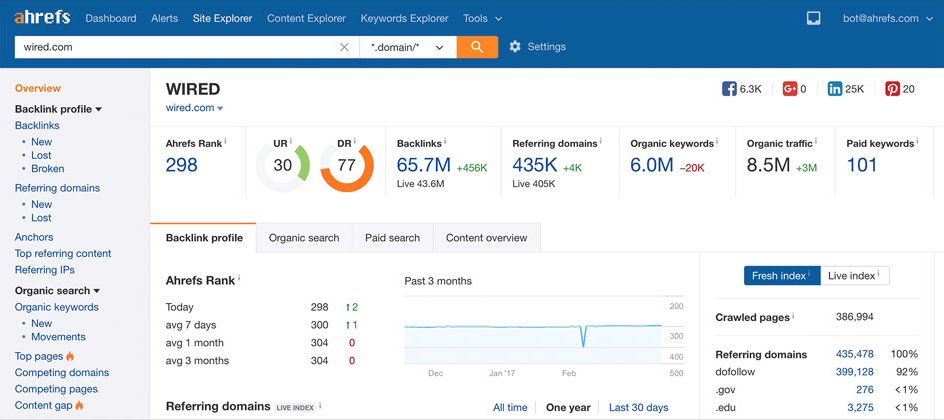
Citations:
Record all important mentions of your old brand online. You can use a tool like BrightLocal to aggregate your citations.
4. Redesign URL structure
A new brand name means a new domain and a new URL, but that doesn’t have to mean a complicated changeover. We recommend keeping your basic URL structure as similar to your old site as possible.
For example, if your old website had a page oldwebsite.com/blog make sure your new website uses the same structure newwebsite.com/blog. This allows you to setup straightforward one-to-one redirects (which we’ll talk about in step 5).
However, you should take the opportunity of a new website and URL to consolidate content whenever possible. We suggest performing a content audit to see what is performing well or poorly on your old website. Look at everything from traffic to conversions, backlinks, and social shares to determine the good, the bad, and the ugly. Use these B2B SEO tips to determine which content is best for your search engine ranking. Then, from there, see what existing content you can remove or condense to edit out redundancy and outdated information. Your new URL should focus just on the essentials.
5. Prep 301 Redirects
You need to redirect every page on your old site to the most relevant page on your new site to ensure a good user experience. The key is to make sure that every page on your old website has a redirect to the same or similar content on your new site. These are called 301 redirects and can be easily set up on the backend of your old website using a simple piece of code in your .htaccess file.
- Redirect 301 /old-sample-page.html http://www.newdomain.com/new-sample-page.html
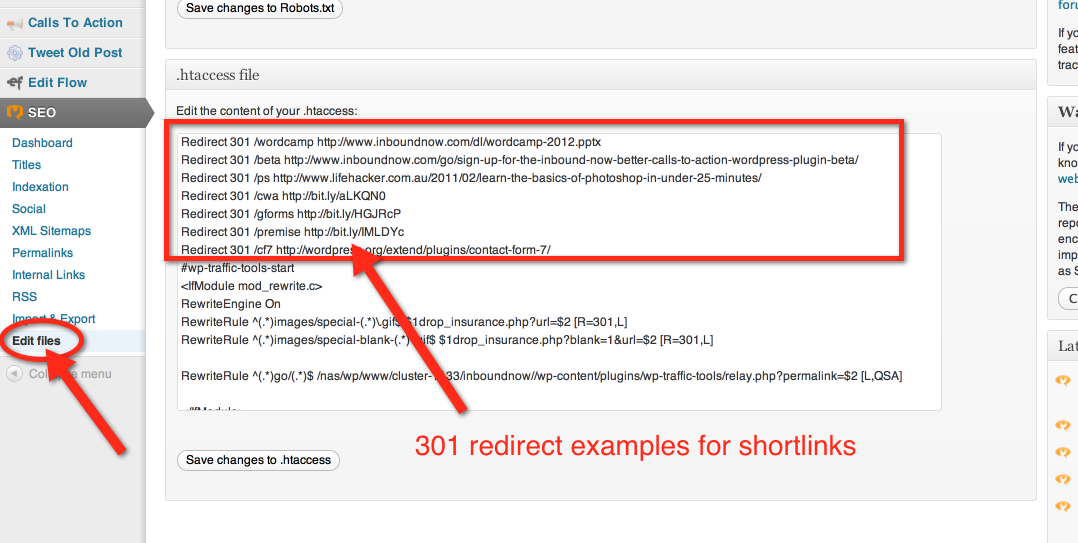
There are a few things you can do to ensure this step goes smoothly:
- As mentioned above, the closer your keep you basic URL structure, the easier it will be to set up redirects that offer a one-to-one match between the old and the new.
- Create a spreadsheet with all of the URLs from your old site in one column and then, in the next column, paste the matching URLs in your new site to ensure the redirects go smoothly.
- If you added, deleted, or consolidated content, choose a redirect to the best possible page on your new website.
By creating redirects, you can preserve your organic traffic and search authority while creating a path for crawlers to index the new site. Just remember, even though you should create redirects early, don’t use them until the new site is live.
6. Don’t Forget About Mobile
Rebranding your mobile site and optimizing all its pages are just as, if not more, important than rebranding your desktop site—especially in light of the recent “Mobile First Index” news from Google. Google prioritizes SEO for mobile websites, so ensuring your new website is mobile-friendly should be a priority.

To do this, make sure all of your new web pages are optimized, responsive, and designed for a smooth mobile user experience. Consider auditing your new website for mobile using Google’s mobile-friendly test.
7. Launch
It’s time to launch! Now what?
First, upload the .htaccess file you created in Step 3 to the old domain hosting. The results will be instantaneous, and it’s a good idea to test several of the old URLs to make sure they point to the right pages on the new site. Don’t forget to test the homepage.
Then, remove the Robots.txt command on the new site that you set up to block it from search engines.
That’s it!
Your new website and brand are now live. Congratulations! Just make sure that you keep your old site up for at least a week in order to give Google the time it needs to recognize and index the new site.
Also, remember that your job isn’t necessarily over once you launch your new site. Post launch, you need to check your traffic and rankings and compare them to your old website’s traffic and ranking as reference. Most importantly, you need to run a site audit on your new website to ensure there are no critical errors.
If you need help implementing any of the steps we outlined above, or if you need an expert to walk you through the entire rebranding process, we can help. Contact KeyScouts today.







